Charts and Dashboards: Working Capital Adjustment Chart in Detail – Part 2
9 June 2023
Welcome back to this week’s Charts and Dashboards blog series. This week, we continue to explain how to create a Working Capital Adjustment Chart by looking at how we use the inputs to create the chart data.
When modelling working capital adjustments, a chart is useful to help us visualise the cash flow figures against existing profit and loss projections. We looked at an overview of this in Working Capital Adjustment Chart, and we are returning to the topic by popular demand to look in more detail at the data behind the chart.
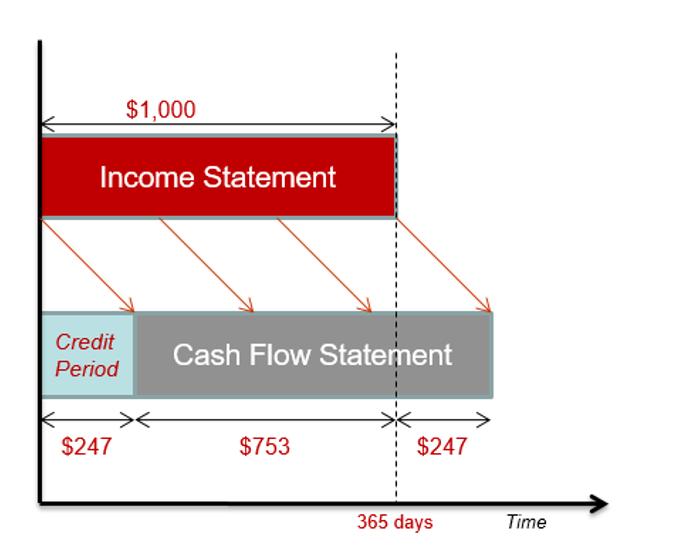
We will look at how we can take the following data:
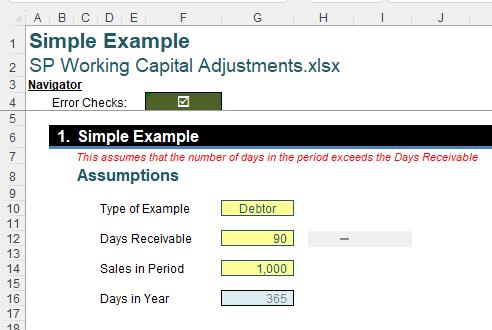
and create a dynamic chart like this:
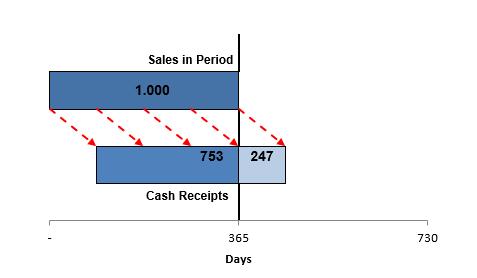
Last time, we looked at how we manage the input data:
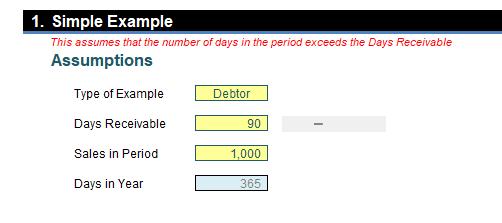
This time, we will look at the preparation of the data that is required in order to create the Working Capital Adjustment chart. Before we move onto the ‘Chart Data’ section, we create a ‘Control Account’, as shown in the next image:
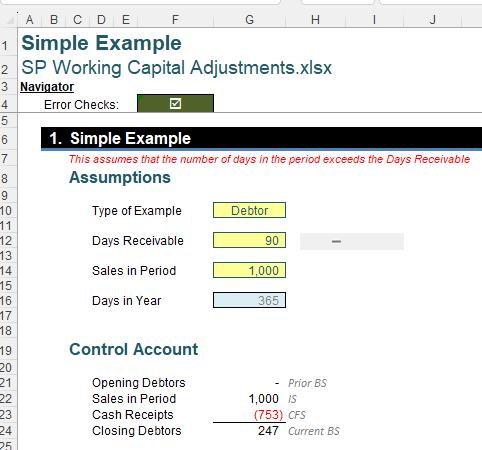
Before we begin, note that the formatting of the cells in Column G in the ‘Control Account’ section has been customised:
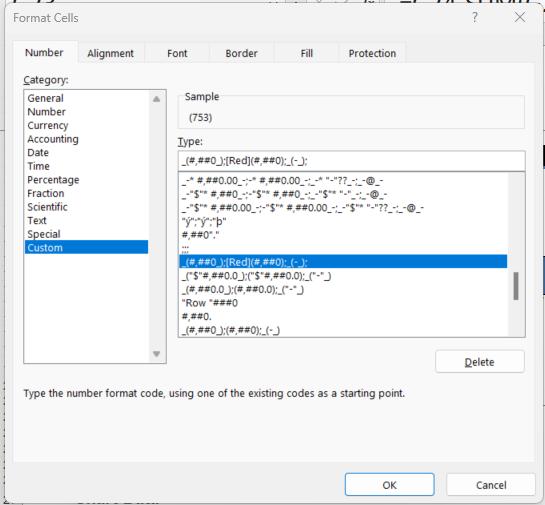
The format code is:
_(#,##0_);[Red](#,##0);_(-_);
This means that positive numbers will have no decimal places, negative numbers will be red with no decimal places and brackets and zero [0], with be a hyphen. Finally, any text entered will not be shown. The underscores ensure everything lines up to the left.
The opening balance label in cell D21 has the formula:
="Opening "&$G$10&"s"
This concatenates ‘Opening ‘ and the value in cell $G$10, and then an ‘s’ to make it plural. In this example, the label has the value ‘Opening Debtors’.
The next label in cell D22 has the same value as cell D14; ‘Sales in Period’.
The label in cell D23, has the formula:
="Cash "&IF($G$10="Creditor","Payments","Receipts")
If the value in cell $G$10 is ‘Creditor’ then ‘Cash ‘ is concatenated with ‘Payments’, otherwise ‘Cash ‘ is concatenated with ‘Receipts’ as in our example.
The final label in cell D24 has the formula:
="Closing "&$G$10&"s"
This is similar to the formula in cell D21; here we are inserting ‘Closing ‘ and ‘s’ around the value in cell $G$10 to give the result for our example: ‘Closing Debtors’.
Moving on to the values in column G, we start with an opening value of 0 in cell G21, since this is a simple example. In practice, this value would come from the opening Balance Sheet (‘Prior BS’).
The movement in sales, ‘Sales in Period’ has the same value as the input cell G14. This would come from the Income Statement (‘IS’).
We will come back to the ‘Cash Receipts’ in a moment. The ‘Closing Debtors’ amount in cell G24 , which would appear on the Balance Sheet (‘Current BS’), is given by:
=IF(Days_in_Year,$G$12/Days_in_Year*G22)
$G$12/Days_in_Year*G22 in our example is the ‘Days Receivable’ (currently 90), divided by the Days_In_Year (usually 365), multiplied by the ‘Sales in Period’ (1000). In our example, this comes to 247. We add a check that Days_in_Year is not zero [0] before performing this calculation to avoid any #DIV0! errors.
The movement in costs, ‘Cash Receipts’ in cell G23 is then the sum of the opening amount and the sales movement subtracted from the closing amount:
=G24-SUM(G21:G22)
This would be the value on the Cash Flow Statement (‘CFS’).
Next time, we will use the values in ‘Control Account’ to create our ‘Chart Data section.
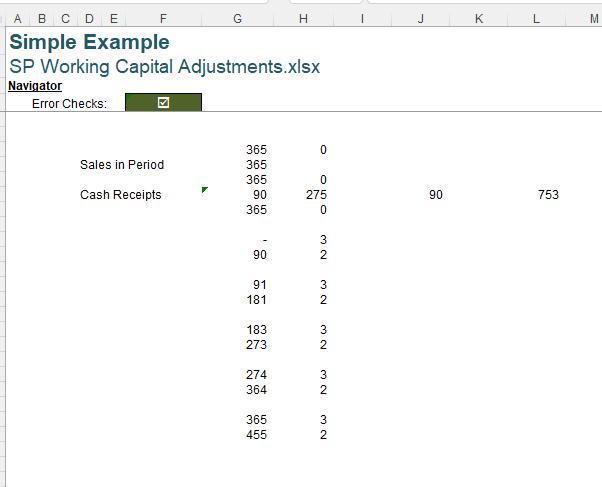
That’s it for this week. Check back next week for more Charts and Dashboards tips.

